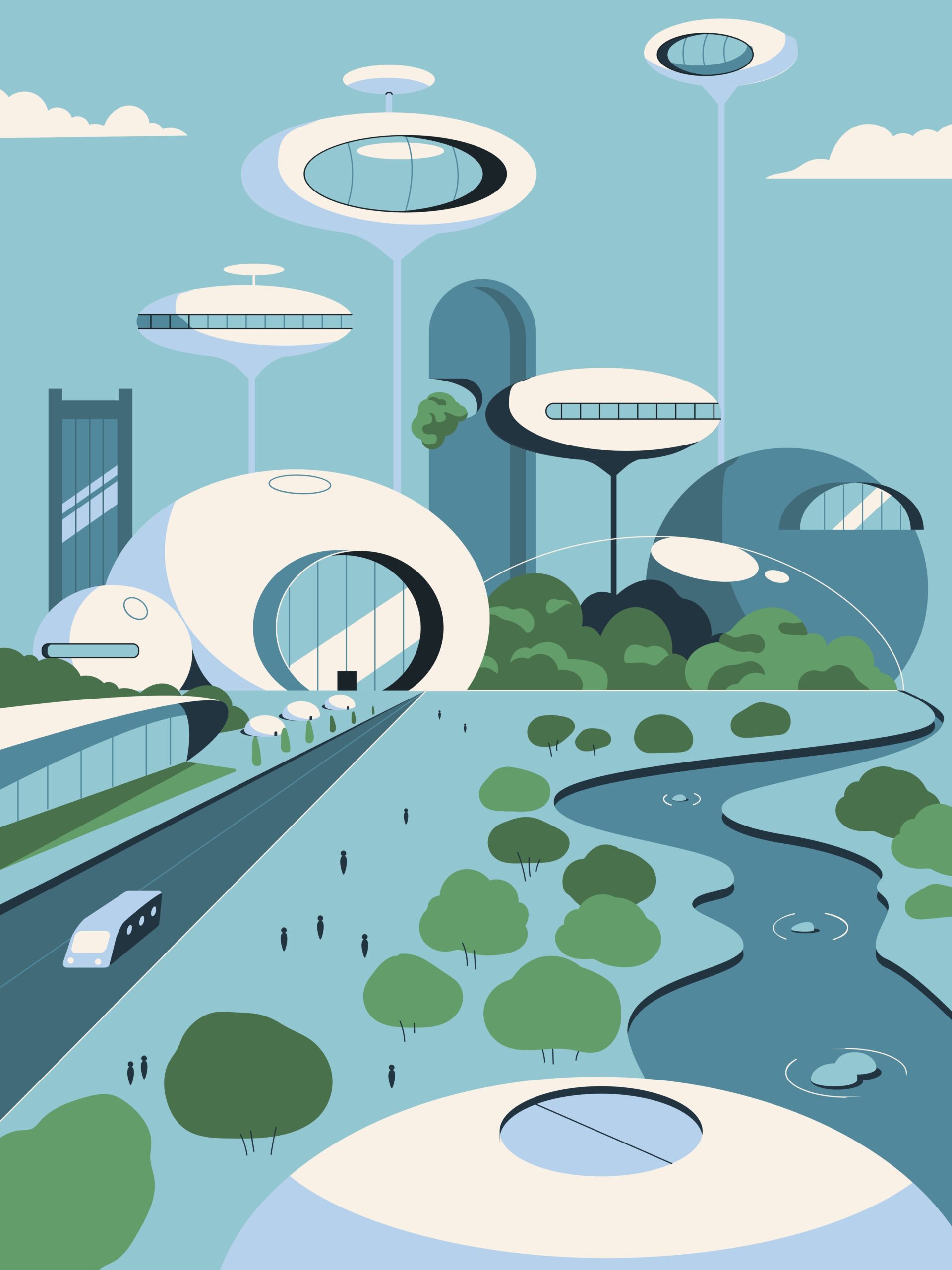In recent years, AI has revolutionized the music production landscape. From beginners to seasoned professionals, anyone can now generate beats and melodies with ease using AI tools. However, for many creators, this convenience comes with a sense of guilt or unease. Questions like, “Can I truly call this my own work?” or “Am I taking a shortcut?” often arise.
If you’re feeling guilty about using AI to make beats, know that you’re not alone. This feeling stems from your desire to create something authentic and uniquely yours—a hallmark of any passionate artist. In this article, we’ll explore ways to reconcile these feelings and find a creative balance that works for you.
Table of Contents
Why Do We Feel Guilty About Using AI?
Before diving into solutions, let’s unpack why you might feel guilty about using AI in your music production. Here are some common reasons:
- “I didn’t make this myself”
Since AI generates beats for you, it can feel like you’re not actively creating but merely borrowing someone else’s work. - Concerns about originality
AI models are trained on vast datasets of existing music, which might make you question whether your output is truly unique. - Creative pride
Many artists take pride in their skills and effort. Relying on AI might feel like undermining your own abilities or taking a shortcut.
These feelings are valid and highlight your commitment to authenticity in your craft. But rather than avoiding AI altogether, consider how you can use it as a tool while staying true to your artistic vision.
How to Incorporate AI Without Losing Your Creative Identity
The key to overcoming guilt is finding ways to integrate AI into your workflow without letting it dominate the process. Here are some actionable strategies:
1. Blend Your Own Ideas with AI Outputs
Instead of relying solely on AI-generated beats, use your own musical ideas as input for the AI to build upon. Many AI tools allow you to provide a starting point—such as a melody, rhythm, or chord progression—and then generate variations or expansions based on that input.
For example:
- Create a simple drum pattern or melody yourself and let the AI remix or enhance it.
- Use the AI’s suggestions as inspiration rather than the final product.
By doing this, you’ll feel more ownership over the final result because it stems from your original concept.
2. Deconstruct and Rebuild in Your DAW
AI-generated beats don’t have to be used as-is. Most tools allow you to export the individual stems (separate tracks for drums, bass, melody, etc.) so you can rework them in your Digital Audio Workstation (DAW). This gives you full control over the arrangement and sound design.
Here are some ideas:
- Replace certain elements (e.g., swap out the drum sounds or rewrite the bassline).
- Add effects like reverb, distortion, or filters to personalize the sound.
- Rearrange the structure of the beat to fit your vision.
This approach ensures that the final product feels like a collaborative effort between you and the AI rather than something entirely machine-made.
3. Experiment Without Pressure
Instead of aiming for perfection right away, treat working with AI as an experiment. Use it as a playground for exploring new ideas and pushing boundaries in ways you might not have considered before.
Try these experiments:
- Input unconventional prompts (e.g., “a futuristic beat with retro vibes”) and see what comes out.
- Use AI-generated beats as a starting point for improvisation.
- Collaborate with other musicians who also use AI tools and exchange ideas.
By approaching it with curiosity and playfulness, you’ll reduce the pressure to create something “perfect” and instead focus on discovering new creative possibilities.
Rethinking Creativity: What Does It Mean to Be Original?
At its core, creativity is about expression—not necessarily about doing everything from scratch. Think of AI as just another tool in your creative arsenal, much like a synthesizer or drum machine. The real artistry lies in how you use that tool to bring your ideas to life.
Ask yourself:
- How much thought and effort am I putting into shaping this music?
- Am I using AI as a shortcut or as an enhancer of my creative process?
- Does this work reflect my unique perspective?
When you actively engage with the process—whether by providing input, editing outputs, or experimenting—you’re still exercising creativity. The tool doesn’t define your artistry; how you use it does.
Final Thoughts: Keep Experimenting Until You’re Satisfied
If you’re struggling with guilt about using AI in music production, remember that it’s okay to feel conflicted—this shows that you care deeply about your craft. The key is to experiment until you find a workflow that feels authentic to you.
Start small:
- Blend your ideas with AI-generated content.
- Rework and personalize outputs in your DAW.
- Treat each project as an opportunity to learn and grow.
Over time, you’ll discover how to use AI in a way that complements your style rather than detracts from it. Remember: creativity is about exploration and evolution. By embracing new tools while staying true to yourself, you’ll unlock new dimensions of artistic expression.
Happy creating! 🎶

Comment